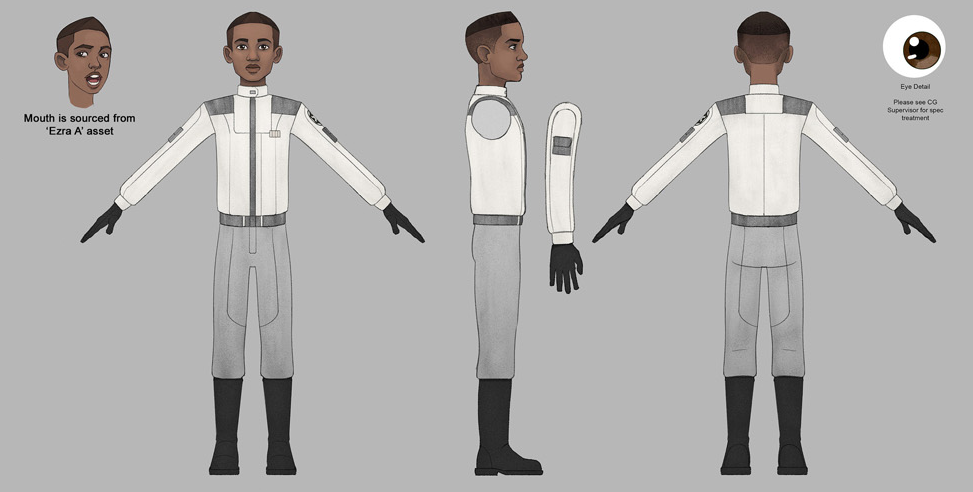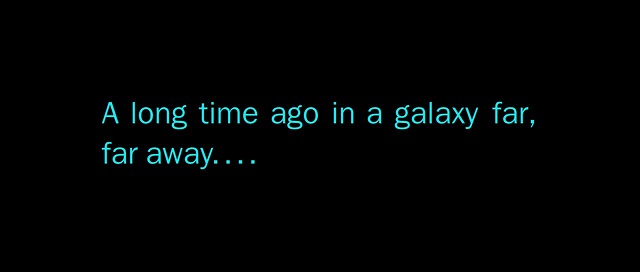
Remember when the theatrical trailer for The Force Awakens came out, and JJ said there wouldn’t be any more? That was a little over a month ago now, and it seems like every other day since there’s either an international trailer (semantics!), a new TV spot, or even an actual clip of the movie coming out. As the new bits and pieces continue piling up, lots of people who started out content to see whatever the marketing people chose to show us have begun wondering if enough is enough.
Going solely by videos on the official Star Wars YouTube account, there are four distinct TV spots so far, but that’s ignoring several others—some which are pretty new and perhaps just haven’t been added to the account yet, and others which are especially short and/or not very distinct from the others. All told, it’s hard to be sure exactly how many different spots are out there.
But what I’ve been wondering is, what does all this material add up to, in terms of actual content from the movie? It feels like we’ve seen a lot—and indeed, too much according to many—but how much distinct footage have we seen already, with a little more than three weeks until the film’s release? I decided to find out. Read More
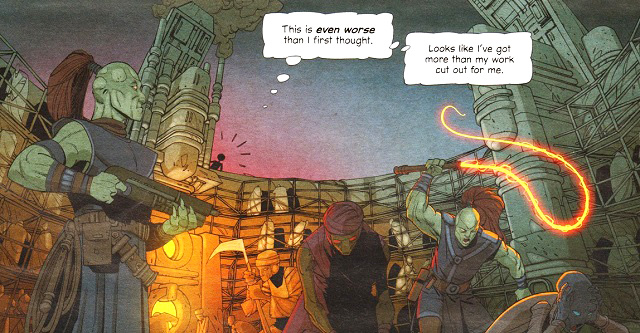
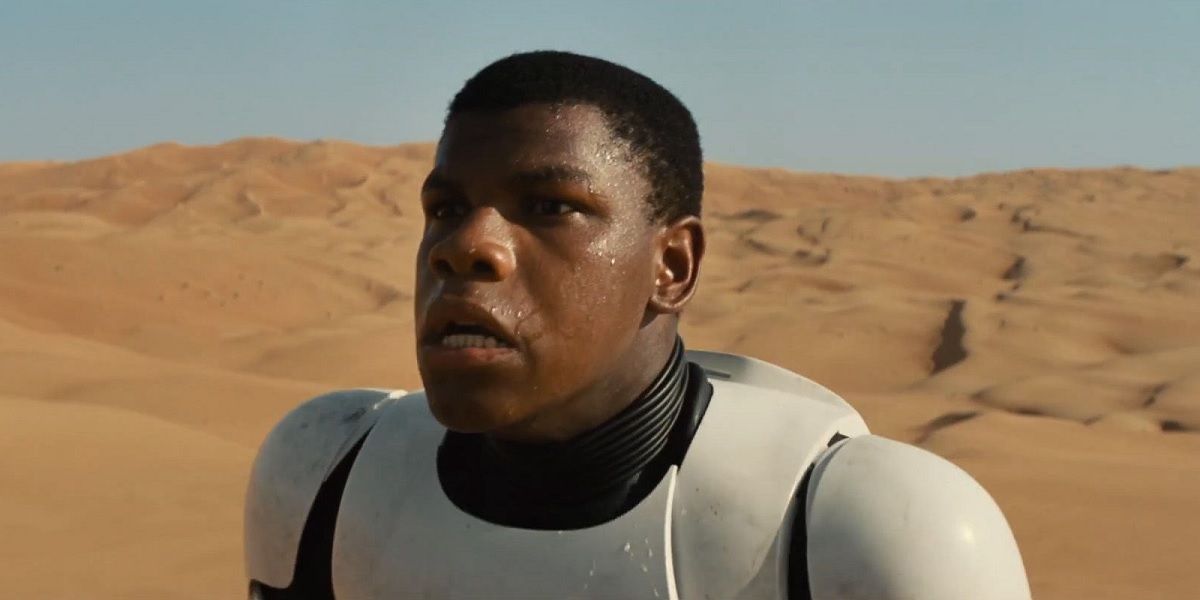
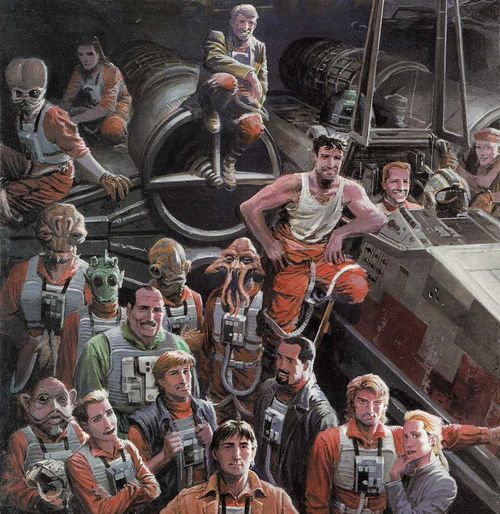 Picture two people, waking up on an average morning.
Picture two people, waking up on an average morning.